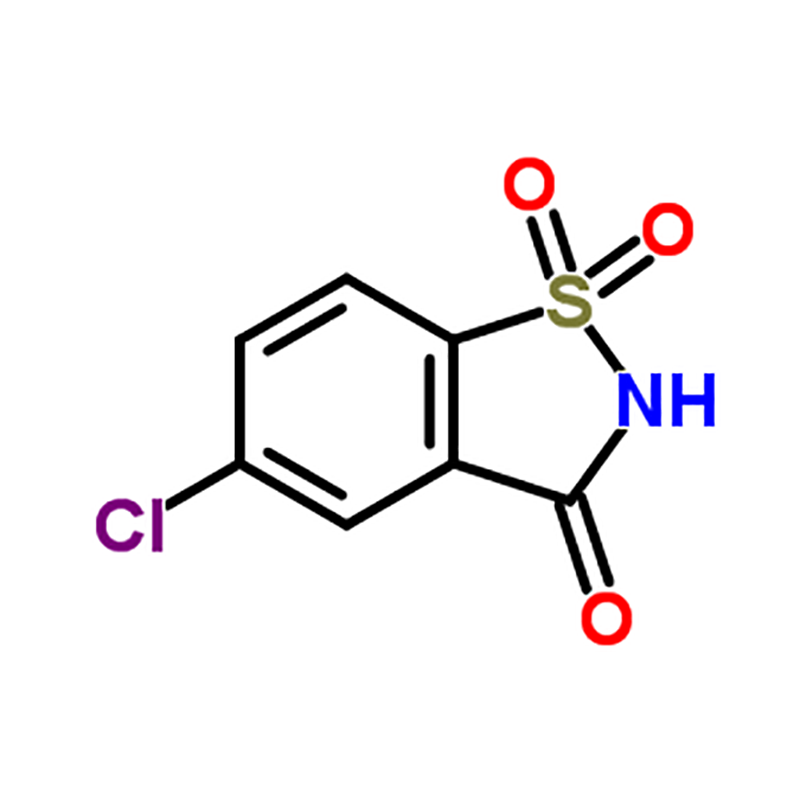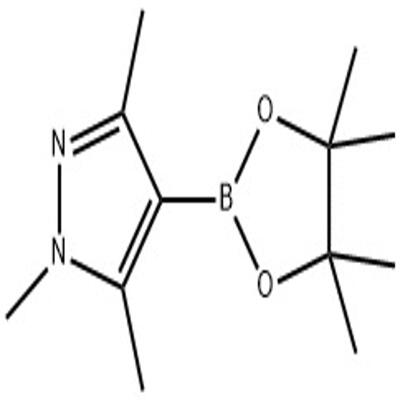-
Categories
-
Pharmaceutical Intermediates
-
Active Pharmaceutical Ingredients
-
Food Additives
- Industrial Coatings
- Agrochemicals
- Dyes and Pigments
- Surfactant
- Flavors and Fragrances
- Chemical Reagents
- Catalyst and Auxiliary
- Natural Products
- Inorganic Chemistry
-
Organic Chemistry
-
Biochemical Engineering
- Analytical Chemistry
-
Cosmetic Ingredient
- Water Treatment Chemical
-
Pharmaceutical Intermediates
Promotion
ECHEMI Mall
Wholesale
Weekly Price
Exhibition
News
-
Trade Service
"Last year, more than 100,000 babies worldwide were infected with HIVMother-to-child transmission is preventable, and we have a responsibility to ensure that the burden of AIDS is not passed down from generation to generation"
AIDS remains an important infectious disease affecting global health, and mother-to-child transmission is one of its three main routes of transmissionAbout 1.6 million people living with HIV become pregnant each yearIn many HIV-endemic areas, the inability to suppress HIV hiv load to a low enough level before the birth is a major challenge in blocking mother-to-child transmission and reducing infant mortalityThe Lancet-AIDS recently published a major trial led by a team at the University of Liverpool in the UK, bringing the solution to this problemTreatment sprees based on the new anti-HIV drug dolutegravir can also safely and rapidly suppress HIV in pregnant women, reducing the risk of mother-to-child transmission in women at high risk of HIV during pregnancy and breastfeedingin a commentary published in the same issue,, DrDrDnirvi," said DrDorutwe's program provides a huge opportunity to improve HIV suppression in pregnant women and address key gaps in eliminating mother-to-child transmission of HIV"
the biggest risk period for mother-to-child transmission of HIV is during childbirthFor PEOPLE LIVING WITH HIV, THE INCIDENCE OF MOTHER-TO-CHILD TRANSMISSION IS ABOUT 15-45 PER CENT IF ANTIRETROVIRAL THERAPY (ART) IS NOT ACCEPTED, AND TIMELY TREATMENT IN EARLY PREGNANCY CAN REDUCE THIS RISK TO 5 PER CENTHowever, in Africa, where more than two-thirds of the world's living people live with HIV, there are a large number of pregnant women who usually receive obstetric care in the last trimester of pregnancy, at a time when existing first-line treatments based on legal virenz do not have enough treatment time to prevent mother-to-child transmissionThe initiation of ART treatment in late pregnancy is associated with a seven-fold increase in the risk of mother-to-child transmission of AIDS and a doubling of the risk of death in infants within a year, on the other hand, a World Health Organization survey also shows that in the past few years, 12 countries in Africa, Asia and the Americas have been more resistant to the core drugs ethanvrem and nevirapine than they are acceptableIn non-pregnant adult patients, the new anti-HIV drug doutwevirsuppresso is much faster than the current recommended therapy, the viral load drops to an undetectable level (50 copies/mL) for a median treatment time of 28 days, compared with 84 days for a treatment based on legal virenThis feature is a potential advantage for late-stage initiation therapy, but the lack of randomized trial data makes it unclear that the safety and effectiveness of the disease in pregnant women is not clearto fill this gap, a large clinical trial called DolPHIN-2 was conducted in Uganda and South Africa, including 268 pregnant women over the age of 18 who were diagnosed with HIV but were at least 28 weeks pregnant between January 23 and August 2018, who were randomly treated with the ART containing Drutwe (135) or based on the standard ART treatment of Viron (133)results showed that 74 percent of women who received the Doutwe programme in late pregnancy had reduced their viral load to undetectable levels during childbirth -- a virus that could not be transmitted if the level of the virus could not be detected, according to the concept of "U-U"Of the women who received the legal Wellen programme, only 43 per cent met that standardTwenty-two percent of the Dorutwe and 11 percent of the legal Veren groups reported serious adverse events, mainly due to the longer pregnancy weeks of the formerThere was no significant difference in production between the two groups at 37 or 34 weeksThe team found that both programs were generally well tolerated in both cases, with adverse events similar to those found in large-scale trials of previously unpregnant adults, but the impact on maternal and infant safety needed to be continued in more studiesProfessor Saye Khoo, of the University of Liverpool, the author of thestudy, said the results "highlight a significant difference in the speed of the two drug-suppressing viruses." This is important because many African women only find out they are infected with HIV in the late stages of pregnancy, making it difficult to prevent mother-to-child transmission"
in addition, three babies in the Dorutwe programme group tested positive for HIV infection shortly after birth, two of them mothers had their postpartum viral load dropped to undetectable levels, and one mother's viral load was also extremely low, so the team believed it could be intrauterine transmission." It is also a reminder that, despite the significant improvements that Dorutwe has brought, it is not foolproof that pre-pregnancy and treatment throughout pregnancy and throughout pregnancy and lactation can further eliminate mother-to-child transmissioncurrently, WHO guidelines recommend a gradual transition to the use of doutwevir-based drugs in first-line antiretroviral therapyThe team stressed that the study's data supported whose guidelines were revised to give women in advanced pregnancy the confidence to receive drugs that rapidly inhibit viral load "Last year, more than 100,000 babies worldwide were infected with HIV," says Professor Saye Khoo, a Mother-to-child transmission of HIV is preventable, and we have a responsibility to ensure that the burden of AIDS is not passed down from generation to generation "
expect better treatment options and the widespread implementation of other interventions to prevent mother-to-child transmission, which will take us one step closer to the goal of eliminating global mother-to-child transmission of HIV." Original title: "The Lancet" sub-issue: eliminate mother-to-child transmission of AIDS, the new treatment plan solves this key problem!







